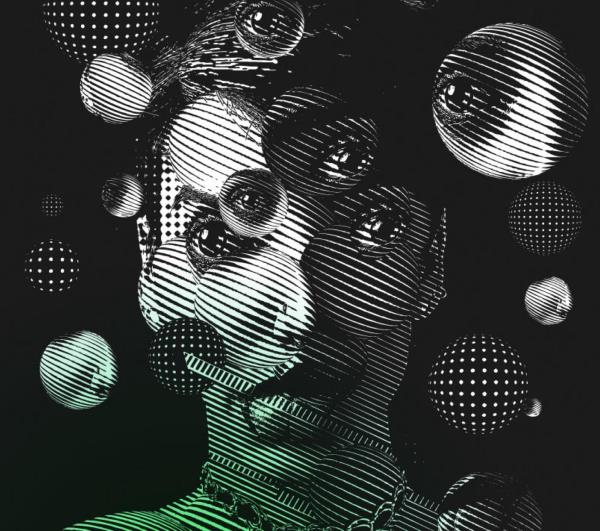Sometimes I wish Design Thinking was called something else. There are so many definitions floating around out there. It’s easy to get a muddled view about what it can do for your brand, especially if you aren’t in the field of design where it’s become a mainstay term.
Ironically, it’s the word ‘design’ that seems to throw everyone off. Yes, there’s an aesthetic component, but that’s only one part. Design Thinking isn’t just for designers. Do you ever solve problems? Do you like to make things better? Then embrace Design Thinking.
Simply put, Design Thinking makes sure you are solving the right problems and your proposed solutions actually fix them. It’s a matching game of sorts that eliminates assumptions and finds a balance between intuition and rational, data-based insights. And, at its core, it helps us understand how we as humans actually work, which has become a complex, ever-morphing combination of rational- and emotional-based decision making.
How can we do better?
Design Thinking starts with empathy. It’s driven by looking honestly at your consumers and removing all assumptions and understanding what truly makes them tick. This can be harder than expected, but when done with an open mind you’ll realize that the problems you thought needed solving may not actually create the impact you desire. The key is to shed internal agendas and preconceived notions that have likely developed over years. Once you peel those away, you’ll see new problems rise to the surface. Those should be the priority. Those will be the ones that make your company perform better.
Marketers regularly come to us and say they aren’t generating the leads they want. They think it’s their outdated websites or the wrong user experience that’s to blame. We ask, “But which experience needs help?” Just having a better website doesn’t necessarily solve the problem. It may contribute, sure, but in today’s market of high expectations, limited budgets and lightning-fast deadlines, it’s worth making sure the initiative is targeting the right problem.
Evolving your brand
I love design. I get a rush when I see something beautifully and thoughtfully curated and composed. A great wallpaper pattern has me at my knees! We are taught at a young age that beautiful things are good and virtuous; ugly things are bad and dangerous. That’s why simply identifying the right problem isn’t enough. If your aesthetic visualization falls flat, you’re missing something that can translate into lost leads and missed potential. When clients come to us and say they want a savvier website with a better user experience and then want us to use five-year-old brand guidelines, I stop and say frankly, we cannot help you. Not unless we trash these. Shock. Dropped jaws. But then I explain.
Users have come to equate dated design and UI approaches (conveyed through color, type, style, content flow, etc.) with being behind the times. And, if you don’t feel current when users absorb your brand visually, they will question what other aspects of your brand are also lacking. The seed of doubt is planted.
So we spend a good chunk of time updating our clients’ guidelines so they can always pivot quickly to what’s considered current. We rebuild them, understanding that they need to work for both traditional media and progressively digital media. The idea that it is OK – that it is even critical - to have brand guidelines that evolve frequently can be hard to swallow. But once clients see how a comprehensive guide can keep tried-and-true “evergreen” elements working alongside dynamically changing on-trend elements, the “ah-ha” light goes off.
Cultivating empathetic thinking
Design Thinking gives you and your team the permission to hit the pause button and say I’m not going to fall into old patterns or assume I know, frankly, anything at all. I am going to admit I don’t know the answer, possibly the question. I’m going to ask “what if?” with full abandon.
Ultimately, your goal is to figure out a user need before they know it, so you always stay one step ahead in delighting them. Personas are a good starting point to make sure everyone on your team knows and can empathize with your users with the same lens. Look for patterns, but also for idiosyncrasies. Customers are all human, after all. Problems and solutions often rest in the oddities.
Of course, throughout all this, you can’t only focus on your external users. Internal users and teams are just as important, so look to create balance. Ask, “What will make not only my customers, but my internal teams buzzed and happy in regards to XYZ problem?” The result will be everyone around you becomes more willing to try new things, stops assuming they already know the answer, and works truly collaboratively. That’s Design Thinking at its best."

